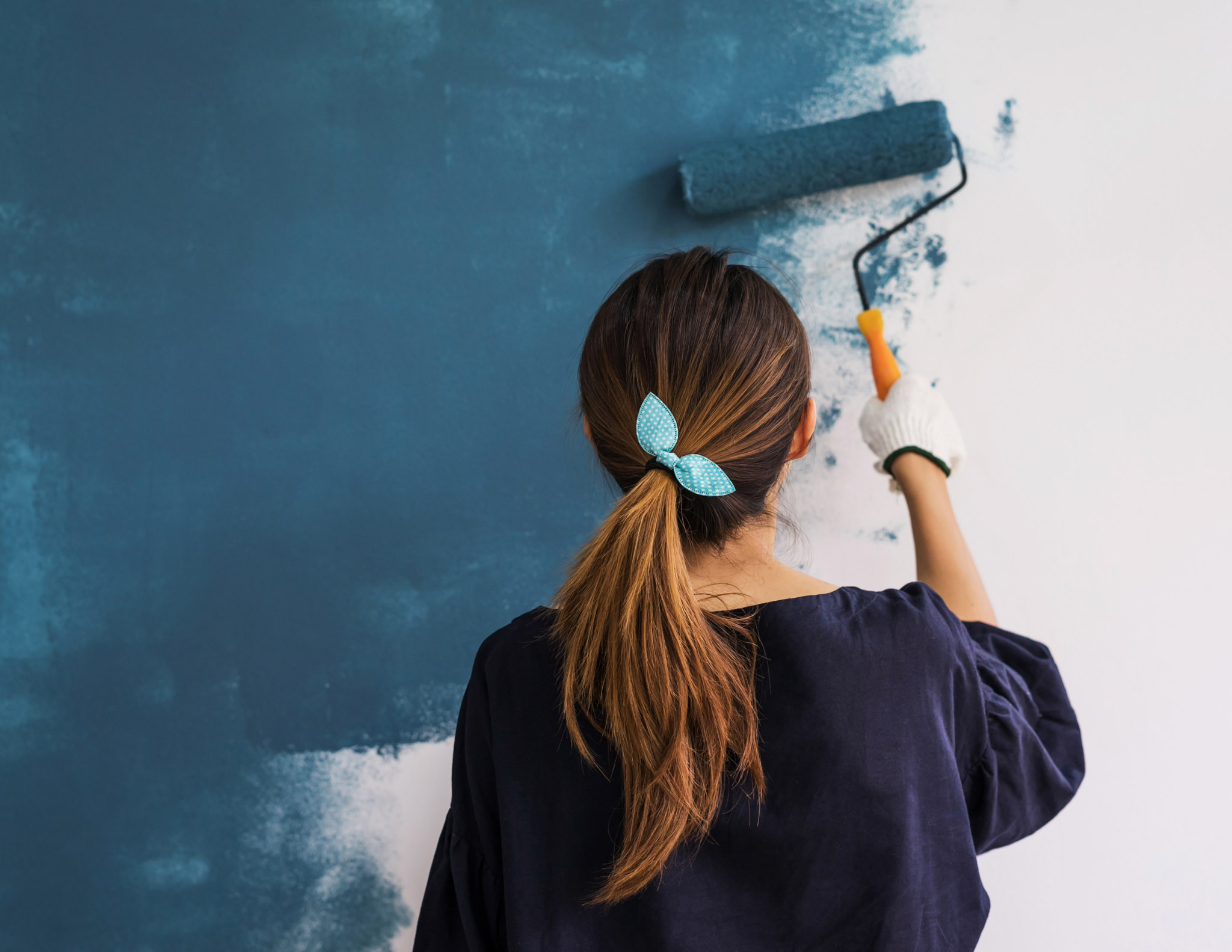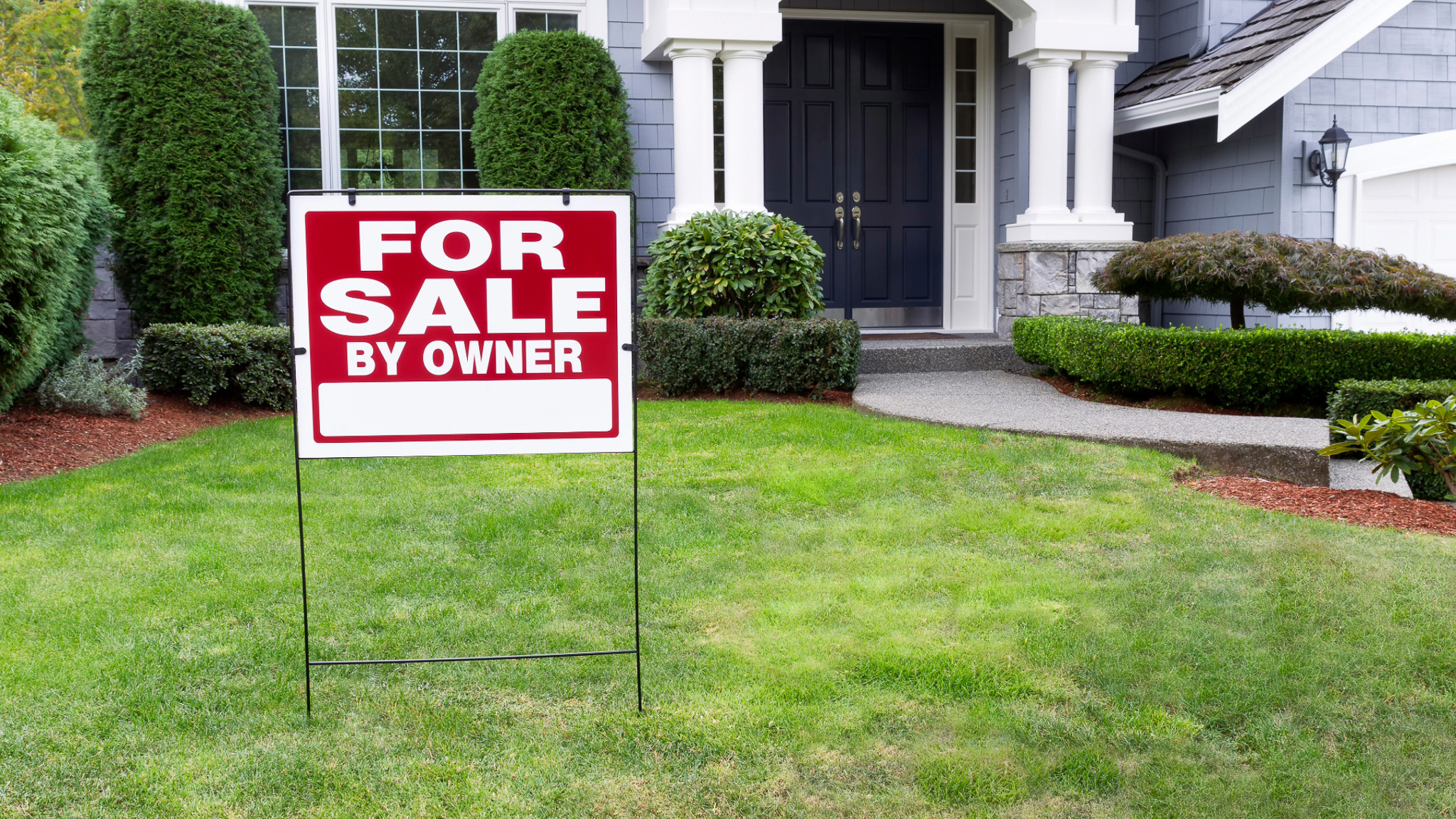Your cart is currently empty!

DIY Home Improvements to Boost Your Home’s Value on a Budget
When it comes to increasing your home’s value, the right DIY improvements can make a huge impact—even on a tight budget. But with so many potential upgrades to choose from, deciding which ones offer the best return on investment can feel overwhelming. This guide explores the key factors that affect a home’s value, including popular upgrades, what today’s buyers want, and the importance of considering your own financial situation. Let’s dig into the tradeoffs, challenges, and considerations involved in DIY home improvements so you can make informed choices that won’t break the bank.
1. Understanding What Drives Home Value
Before diving into specific upgrades, it’s helpful to understand what actually affects home value. Here are a few main factors to consider:
- Location and Neighborhood: While location is often out of your control, it significantly impacts home value. Upgrades that align with neighborhood expectations are more likely to pay off.
- Home Condition: A well-maintained home is always more appealing to buyers. Simple improvements that freshen up the look and feel of your home can make a difference.
- Market Trends: Real estate trends shift over time. Currently, buyers often prioritize functional spaces, energy efficiency, and low-maintenance features.
While some factors, like location, are fixed, the others can be enhanced through targeted DIY improvements. But where should you start?
2. Key DIY Upgrades That Increase Home Value
Paint: The Ultimate Low-Cost Transformation
A fresh coat of paint is one of the simplest, most affordable ways to give any room an instant facelift. Neutral colors like whites, grays, and soft earth tones appeal to a broad audience and can make spaces feel larger and more inviting.
Challenges: While painting is DIY-friendly, it’s time-consuming, especially if you’re tackling multiple rooms. Prep work is crucial to achieve a professional finish, so patience is key.
Enhance Curb Appeal
First impressions matter. Improving curb appeal doesn’t require a full landscaping overhaul. Small changes like adding plants, repainting the front door, updating house numbers, and keeping the lawn trimmed can make a big difference.
Tradeoffs: While curb appeal upgrades are cost-effective, they usually don’t add as much value as interior improvements. However, they’re essential for attracting potential buyers, as they set the tone for the entire property.

Update Kitchen Fixtures
Kitchens are often the heart of the home, and minor updates here can go a long way. Swapping out old hardware, adding a stylish backsplash, or repainting cabinets can modernize the space without a full renovation.
Challenges: DIY kitchen improvements require attention to detail, especially if you’re painting cabinets. Mistakes in the kitchen are more noticeable and can detract from value if not done well.
Revamp the Bathroom
Bathrooms are another area where small changes can make a big impact. Consider replacing outdated faucets, installing new lighting, or regrouting tile to give the room a fresh, clean look.
Financial Considerations: Bathroom updates can be done on a small budget, but beware of plumbing projects, as mistakes here can lead to costly repairs. Stick to cosmetic upgrades if you’re a DIY novice.
Install Energy-Efficient Fixtures
Energy efficiency is increasingly important to today’s buyers. Simple swaps, like LED light bulbs, energy-efficient windows, or a programmable thermostat, are attractive upgrades that can save money over time.
Tradeoffs: While energy-efficient fixtures appeal to buyers, the initial investment might be higher. It’s essential to weigh the cost of these upgrades against potential savings on energy bills and resale value.
3. What Buyers Are Looking for in Today’s Market
Understanding buyer preferences can help you choose improvements that will add the most value. Right now, many buyers prioritize:
- Functional Spaces: Open floor plans, dedicated workspaces, and organized storage solutions are in demand. Even a DIY closet makeover can make your home more appealing.
- Energy Efficiency: Eco-friendly homes with lower utility costs are attractive. Look for easy DIY projects that enhance energy efficiency without major renovation.
- Updated Kitchens and Bathrooms: These areas remain top priorities for buyers. A few small, stylish updates here can set your home apart from others on the market.
Keep these preferences in mind when planning your DIY projects. By aligning upgrades with what buyers want, you increase the likelihood of seeing a return on your investment.
4. Balancing Budget with Potential Return
While it’s tempting to focus solely on resale value, your budget should also factor heavily into your decisions. Stretching your finances too thin on home improvements can lead to stress and even debt, which could negate the benefits of any added value. Here are some tips for balancing budget and impact:
- Prioritize High-Impact, Low-Cost Projects: Start with low-cost improvements that deliver visible results, like painting or updating light fixtures.
- Set a Realistic Budget: Decide how much you can comfortably spend, then prioritize projects within that range. DIY improvements should enhance your financial stability, not compromise it.
- Do Your Research: Look up average ROI for specific upgrades in your area. This will help you choose projects that are more likely to pay off.
5. Challenges of DIY Home Improvements
Taking on DIY projects comes with its own set of challenges, and understanding them can help you plan effectively:
- Time Investment: Many DIY projects require a significant time commitment, which may be challenging if you’re balancing a busy schedule.
- Skill Level: Not all projects are suitable for beginners. Overestimating your abilities can lead to mistakes that cost time and money to fix.
- Unexpected Costs: Even small projects can uncover underlying issues that increase the scope and cost of the work. Always have a contingency fund for surprises.
Balancing your time, skill level, and budget can be challenging, but careful planning can help you avoid common DIY pitfalls.
6. Consider the Long-Term Impact of Your Decisions
- Maintenance Requirements: Some upgrades, like elaborate landscaping, may require regular upkeep. Choose low-maintenance options if you’re planning to sell in the near future.
- Style Choices: Bold or highly personalized choices (like bright-colored cabinets or unique fixtures) may not appeal to all buyers. Stick with timeless, neutral designs for the best resale value.
- Energy Savings: Investments in energy efficiency might not pay off immediately but could attract eco-conscious buyers and reduce utility costs over time.
Thinking beyond immediate gains can help ensure that your DIY efforts truly add value over the long haul.
Final Thoughts: Maximizing Your Investment with Smart DIY Choices
DIY home improvements offer a fantastic opportunity to boost your home’s value on a budget, but it’s essential to make choices that align with your financial situation, skill level, and market trends. Start with low-cost, high-impact projects that appeal to a broad audience, like painting or updating fixtures. Remember that balancing your time and budget while considering buyer preferences can help you achieve the best results. With careful planning and an eye on the details, even small DIY projects can have a big impact on your home’s appeal and resale value. Now, are you ready to get started?




